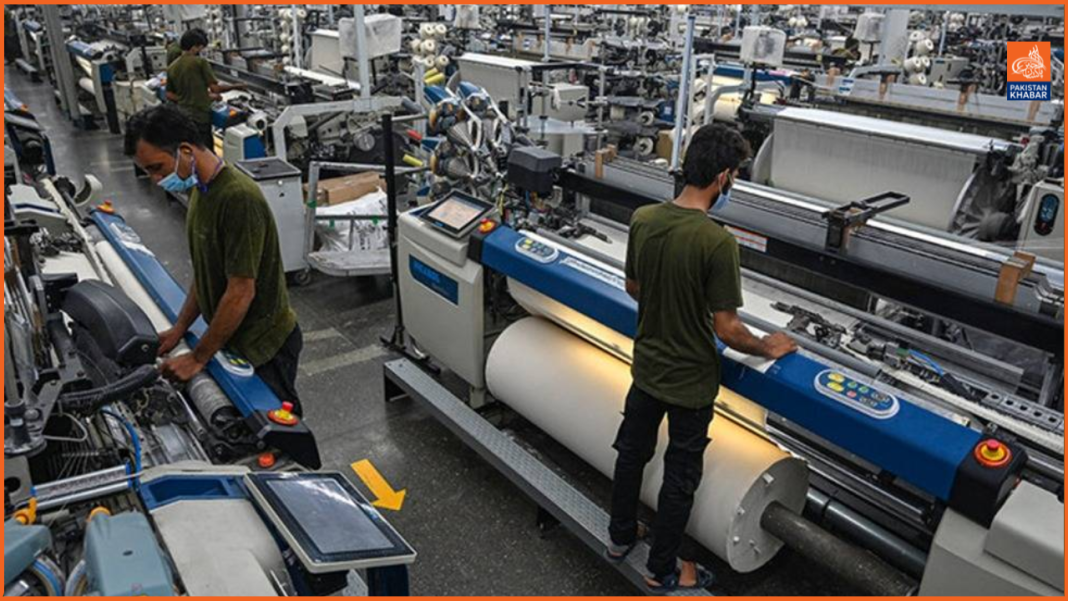Pakistan’s manufacturing sector is currently facing a host of challenges, from rising input costs to persistent energy shortages. To turn these hurdles into opportunities for economic growth and resilience, innovative strategies and significant investments are crucial.
The industrial sector saw a modest growth of 1.21% in FY24, a welcome improvement from the 3.74% contraction in FY23. However, large-scale manufacturing (LSM) remained under pressure, with a slight decline of 0.1% during the July-March period of FY24, compared to a sharp contraction of 7.0% in the same period the previous year. Encouragingly, the LSM sector bounced back in Q3 of FY24, growing by 1.47% after consecutive declines in Q1 and Q2. About half of the sub-sectors showed recovery, posting positive growth. Still, factors like high inflation, prolonged tight monetary policies, and sluggish recovery in key trading partners contributed to the sector’s earlier struggles.
Majid Shabbir, a Policy Adviser at the Islamabad Chamber of Commerce and Industry (ICCI), highlighted some of the key issues plaguing the sector in a conversation with WealthPK. “The energy crisis, characterized by inconsistent electricity supply and rising fuel prices, has pushed up production costs and hurt efficiency,” he said. Shabbir also pointed out the sector’s heavy reliance on imported raw materials as a major constraint. “Developing local industries to supply these materials would make manufacturers less vulnerable to international market fluctuations,” he explained.
Shabbir emphasized that the lack of investment in technological advancements was also stifling innovation and competitiveness. “Even with the challenges, Pakistan’s manufacturing sector holds significant untapped potential.” It can evolve with the right policies and investments, opening new growth opportunities and driving economic progress.”
He added that for Pakistani manufacturers to stay competitive, they must adopt new technologies. “Investing in automation and artificial intelligence can optimize production processes and reduce the dependency on labor-intensive methods. This shift will enhance productivity and lower costs over time.” Moreover, focusing on building a self-sufficient supply chain, according to Shabbir, would not only benefit smaller industries but also help create jobs and cut the trade deficit.
He noted that small and medium-sized enterprises (SMEs), the backbone of Pakistan’s manufacturing sector, often struggle to access affordable financing. “Expanding financial inclusion through targeted lending programs for SMEs could give them the capital they need to scale up and modernize their operations.”
To achieve these ambitious goals, Shabbir called for strong collaboration between the government and key industry stakeholders, including private sector leaders, trade associations, and foreign investors. “A well-rounded policy framework that prioritizes ease of doing business, infrastructure development, and skilled labor training is essential. Additionally, regulatory reforms to reduce bureaucratic red tape and create an investor-friendly environment will be key to success,” he concluded.




